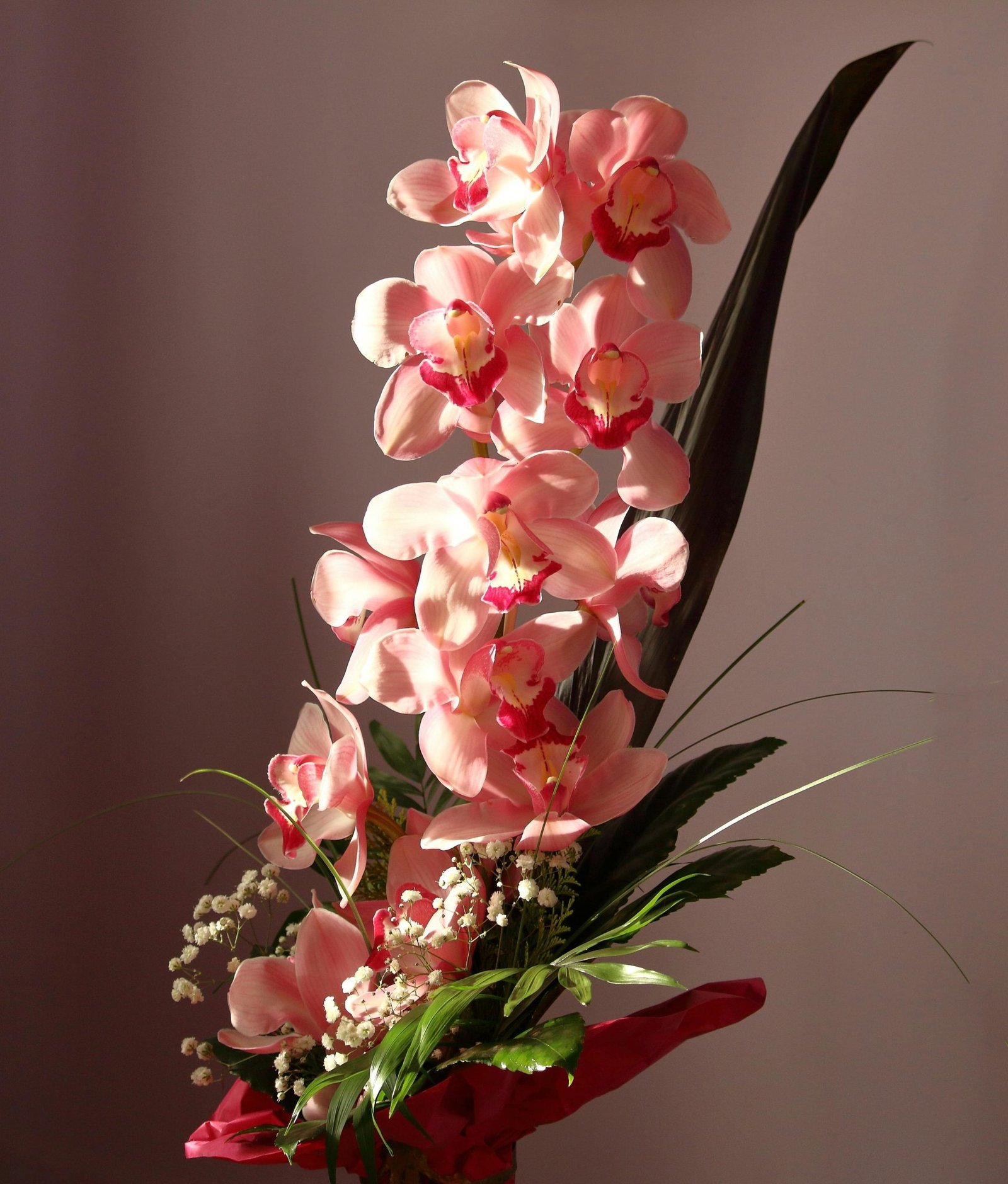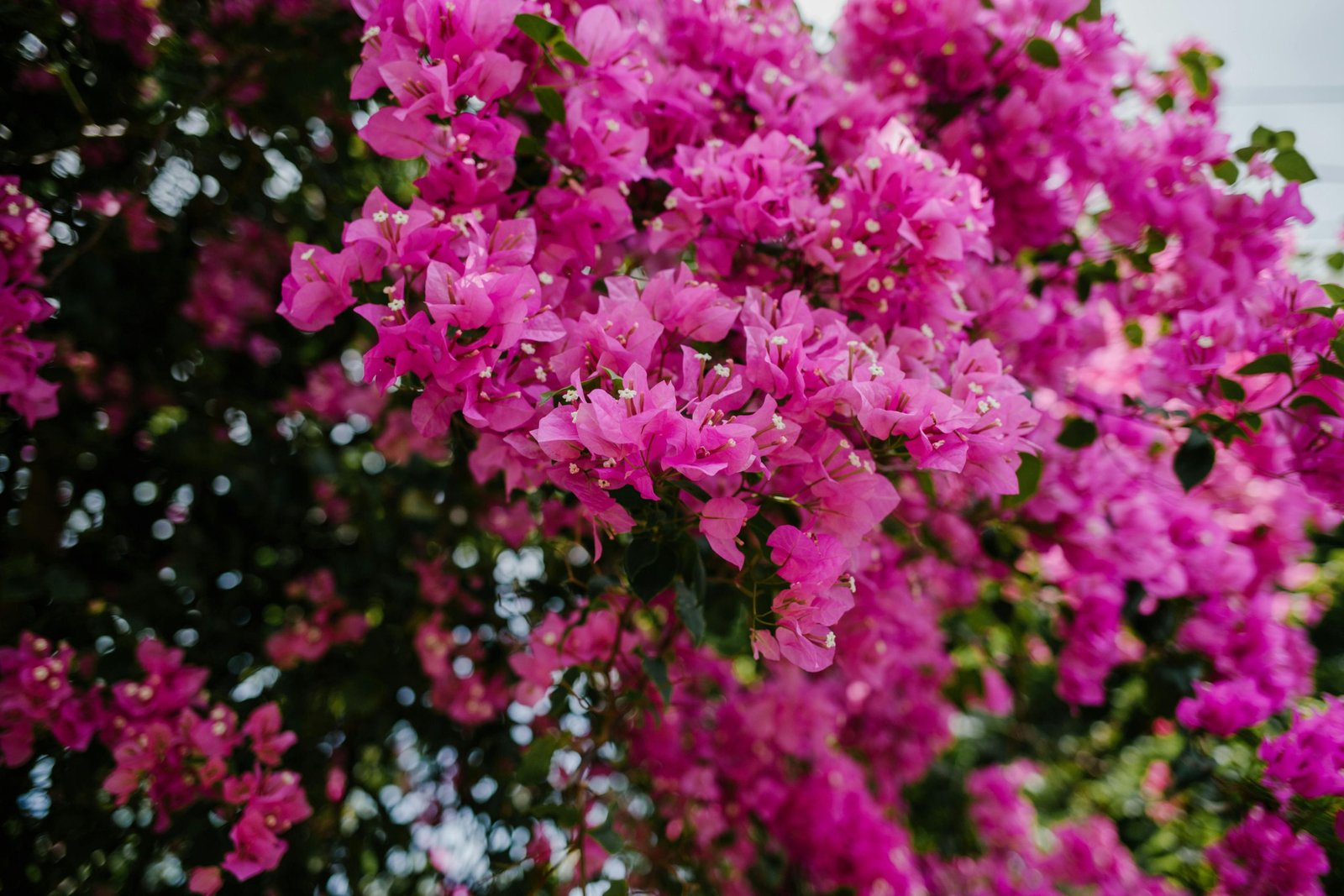The Significance of Tropical Flowers in the Philippines
Tropical flowers are deeply ingrained in Filipino culture and traditions. They symbolize everything from beauty and love to national pride and spirituality. For instance, the Gumamela (Hibiscus) is often used in Filipino folk medicine and is a common motif in local crafts. Many tropical flowers also feature prominently in Filipino festivals, where they are woven into floats and used for street decorations.
In rural areas, flowers like Plumeria and Bougainvillea are cultivated not just for their aesthetic value, but also for their medicinal properties. They are used in traditional Filipino healing practices, underscoring the connection between the people and their native flora.
Top Tropical Flowers Found in the Philippines
Hibiscus (Gumamela)
The Hibiscus, locally known as Gumamela, is a striking flower that comes in various colors such as red, pink, yellow, and white. Known for its large, showy blooms, the Hibiscus symbolizes beauty and femininity in Filipino culture. It is often seen in gardens and used in decorative arrangements for festivals. In addition to its beauty, the Hibiscus is also used in traditional Filipino medicine for its potential health benefits, such as lowering blood pressure and treating digestive issues.
Bougainvillea
Bougainvillea is another popular flower in the Philippines. Its vibrant purple, magenta, and fuchsia hues make it a favorite for gardens, fences, and trellises. These hardy flowers bloom throughout the year and require minimal care, making them ideal for tropical climates. Bougainvillea is often used to add a burst of color to public spaces and private gardens alike. It also symbolizes passion and love, making it a perfect decorative element for romantic occasions and celebrations.
Orchids
The Philippines is home to a rich variety of orchids, which are considered one of the country’s national flowers. The Waling-Waling, a rare species of orchid, is known for its delicate pink and white petals and is regarded as the “queen of Philippine orchids.” Orchids in general symbolize elegance, luxury, and beauty, and they are often used in Filipino wedding ceremonies, where they signify a lasting bond between the couple.
Plumeria (Frangipani)
The Plumeria, often called Frangipani, is a fragrant flower commonly found in the Philippines. It is often associated with tropical islands, making it a popular choice for ornamental planting. The flower’s sweet, heady scent is often used in making perfumes, while its white, pink, or yellow blooms are favored for leis and garlands. The Plumeria is seen as a symbol of peace and grace, and it plays a significant role in Filipino spiritual and cultural practices.
Pandanus
The Pandanus, or screw pine, is a tropical plant that thrives in coastal regions of the Philippines. It is known for its long, narrow leaves and spiky appearance. While the flowers are not as showy as other tropical species, the Pandanus is still highly regarded in Filipino culture for its practical uses. The leaves are often woven into mats, baskets, and hats, while the fruit of the plant is used in traditional Filipino cooking. Its ecological significance also extends to soil conservation and coastal protection.
The Role of Tropical Flowers in Philippine Festivals
Tropical flowers are a vital part of Filipino festivals, particularly in the Panagbenga Festival in Baguio, known as the “Flower Festival.” During this event, flower floats decorated with Gumamela, Orchids, and Bougainvillea parade through the streets, showcasing the beauty of these blooms. The Sinulog Festival in Cebu also features vibrant flower arrangements, paying homage to both the spiritual and natural world. These festivals not only celebrate Filipino culture but also highlight the importance of flowers in daily life.
How to Grow Tropical Flowers in the Philippines
Growing tropical flowers in the Philippines is relatively easy, thanks to the country’s tropical climate. Here are some tips for growing them:
-
Soil: Well-drained, fertile soil is essential. Tropical flowers thrive in soil rich in organic matter.
-
Watering: These flowers require regular watering, but ensure that the soil doesn’t become waterlogged.
-
Sunlight: Most tropical flowers love sunlight. Choose a sunny spot in your garden for them to thrive.
-
Pruning: Regular pruning will encourage healthier blooms and prevent diseases.
The Environmental Importance of Tropical Flowers
Tropical flowers in the Philippines are not just beautiful—they are vital to the ecosystem. Many of these flowers attract pollinators like bees, butterflies, and hummingbirds, which are essential for maintaining biodiversity. Flowers like the Waling-Waling and Gumamela provide food for these pollinators while also maintaining the health of the environment. Additionally, plants like Pandanus help prevent soil erosion in coastal areas, making them crucial for environmental sustainability.
Where to Find the Most Beautiful Tropical Flowers in the Philippines
If you’re looking to explore tropical flowers in the Philippines, there are several places worth visiting:
-
Baguio City: Known for its cooler climate and vibrant Panagbenga Festival, Baguio is home to many beautiful tropical blooms.
-
Davao: This region is famous for its diverse range of flowers, including the Waling-Waling orchid.
-
Palawan: The island of Palawan is home to stunning Plumeria and Bougainvillea that line the streets and beaches.
Endangered Tropical Flowers in the Philippines
Despite their abundance, some tropical flowers in the Philippines are facing threats due to habitat loss, climate change, and over-exploitation. The Waling-Waling orchid, for example, is a protected species due to its declining population. Efforts to conserve these rare flowers are ongoing, with local communities and conservation groups working to preserve their habitats and promote sustainable practices.
Conclusion
The tropical flowers in the Philippines are more than just beautiful blooms—they are a vital part of the country’s culture, environment, and economy. From the majestic Gumamela to the fragrant Plumeria, each flower holds its own unique significance and contributes to the biodiversity of the Philippines. By appreciating and protecting these flowers, we can ensure that future generations will continue to enjoy their beauty for years to come.
FAQs
1. What is the most popular flower in the Philippines?
-
The Hibiscus (Gumamela) is widely considered the most popular flower in the Philippines due to its beauty and cultural significance.
2. Are tropical flowers in the Philippines endangered?
-
Yes, some species like the Waling-Waling orchid are endangered and require conservation efforts.
3. How can I grow tropical flowers in the Philippines?
-
Tropical flowers need well-drained soil, regular watering, and plenty of sunlight to thrive in the Philippine climate.
4. What is the national flower of the Philippines?
-
The Sampaguita (Jasmine) is the national flower of the Philippines, symbolizing purity and simplicity.
5. Can I find tropical flowers in the Philippines year-round?
-
Yes, thanks to the tropical climate, many flowers in the Philippines bloom year-round.


